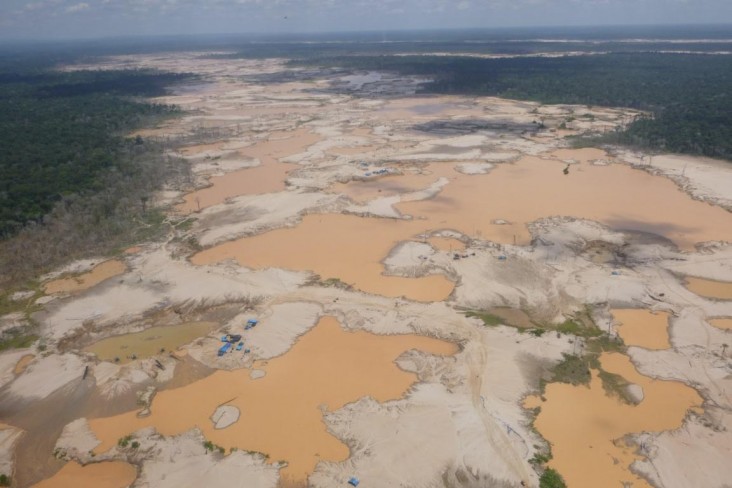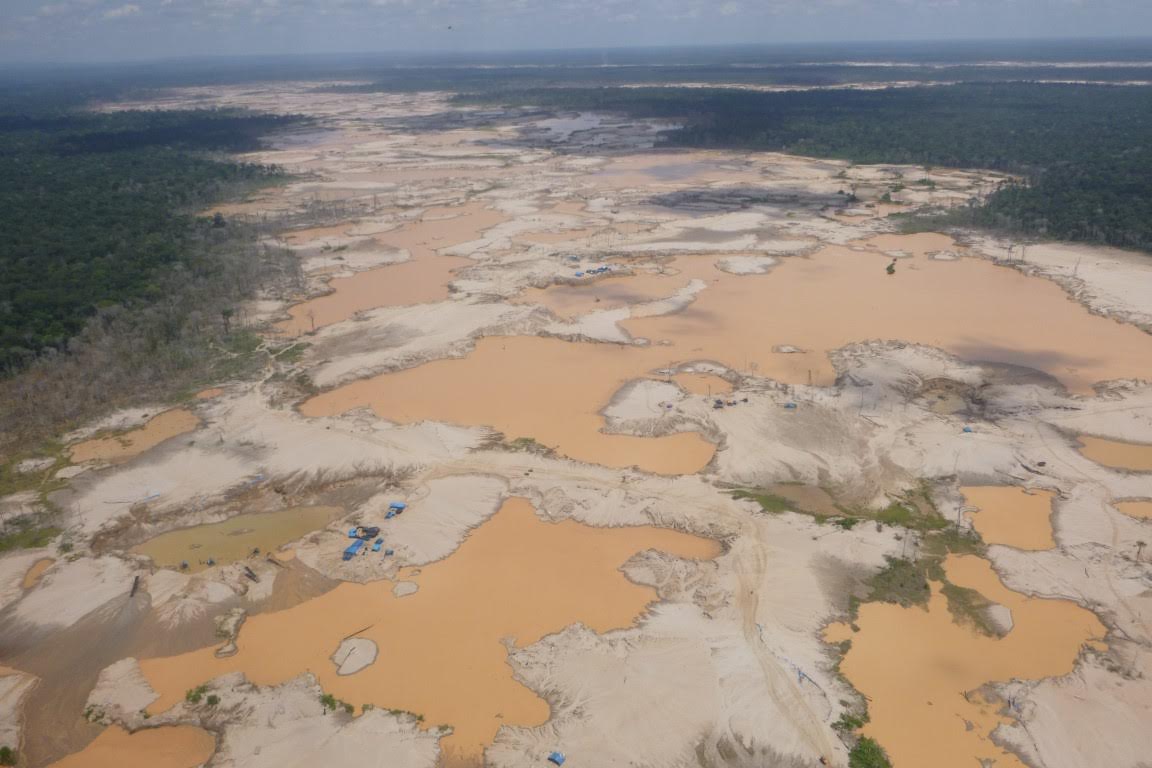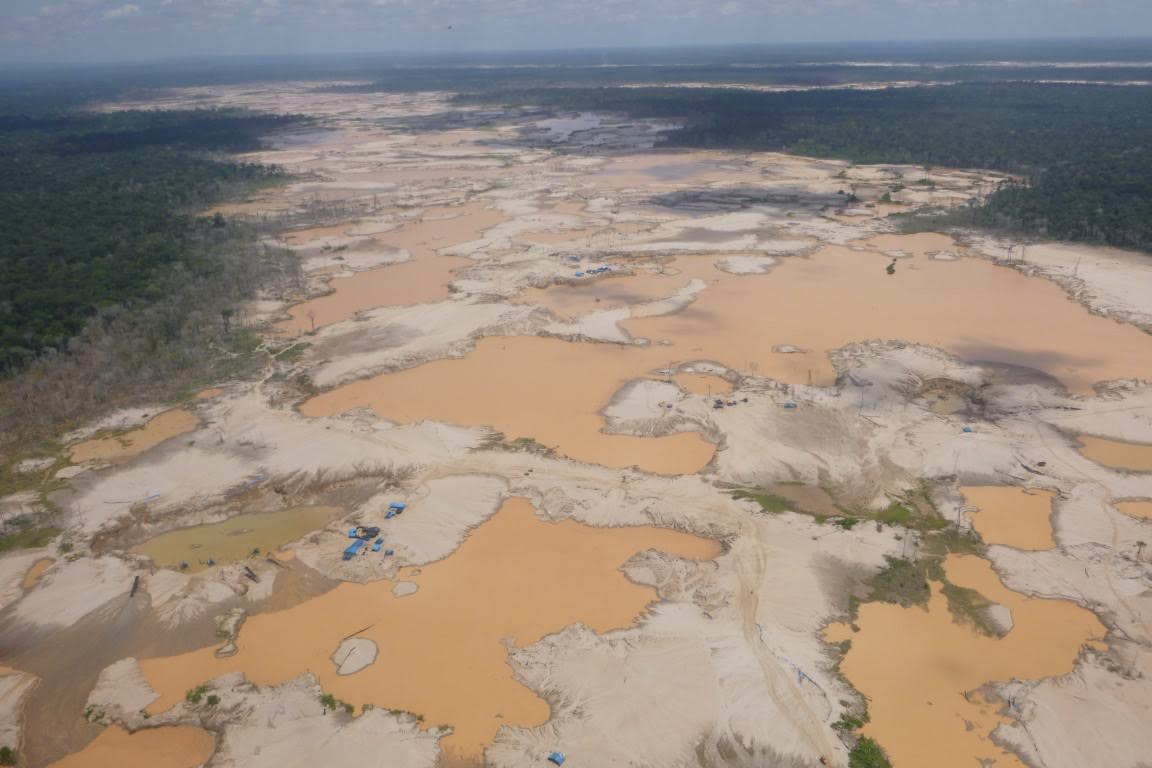
Illegal gold mining is the most lucrative illicit activity in Peru, surpassing coca and cocaine production in recent years. Illegal gold mining involves destructive processes that are devastating Peru's Amazon communities, forests and waters supplies. USAID works with local communities, Peruvian research organizations, and U.S. universities to help address this critical threat to the Amazon.
Over the last decade, Peru’s fast growing economy was fueled by high prices in the mining, oil, and gas sectors. As gold prices climbed, illegal alluvial gold mining expanded into Madre de Dios, a region located in the heart of the Peruvian Amazon. Over 60,000 hectares of land in Madre de Dios has been destroyed, and the health of communities living in the region is endangered due to the unregulated use of mercury. Furthermore, the explosive growth of illegal mining has brought other criminal activities including child labor, human trafficking, violence and land grabbing. USAID works with affected communities to address social conflicts and rehabilitate affected land.
OUR WORK
MITIGATING SOCIAL CONFLICTS
Social conflicts are often created when illegal miners, who frequently migrate from other regions, come into contact with local farmers and indigenous communities. USAID works with local leadership to improve the management of natural resources, provide conflict resolution skills, and offer information about establishing legal mining operations. In 2016, USAID trained over 600 people in conflict resolution. In addition, USAID supports indigenous communities such as the Amarakaeri Reserve to strengthen their capacity to address social and environmental conflicts as they arise.
RESTORING COMMUNITIES
Illegal gold mining decimates land, leaving behind barren landscapes polluted by mercury. USAID worked with 243 families to restore 537 hectares these degraded soils. The revitalized land is used for sustainable agriculture, thus providing new sources of livelihood while countering the environmental degradation. Through a new USAID-led partnership with Wake Forest University, the National Amazonian University of Madre de Dios, and the Instituto de Investigación de la Amazonia Peruana, affected areas will be further researched to identify and mitigate mercury contamination, assess alternative landscape uses, and monitor and report new forest encroachment.
TRAFFICKING IN PERSONS
The victims of illegal gold mining include women and girls, and to lesser extent boys, who are subjected to forced labor and sex trafficking in mining camps. USAID supports research, policy, and advocacy efforts to inform and strengthen the Government of Peru’s program to fight Trafficking in Persons (TIP). Across the Amazon Basin, USAID has convened interregional conferences to raise awareness about TIP, trained more than 250 TIP care providers, and provided legal and psychological support to 50 victims.
RAISING AWARENESS
USAID partners with local and international organizations to raise awareness about the impacts of illegal gold mining in the Amazon. Over 4,000 Peruvian students attended screenings of “Amazon Gold” and “River of Gold” produced by the Amazon Aid Foundation and sponsored by USAID.
Illegal Gold Mining ![]() (pdf - 187k)
(pdf - 187k)
MINERÍA ILEGAL DE ORO ![]() (pdf - 89k)
(pdf - 89k)










Comment
Make a general inquiry or suggest an improvement.